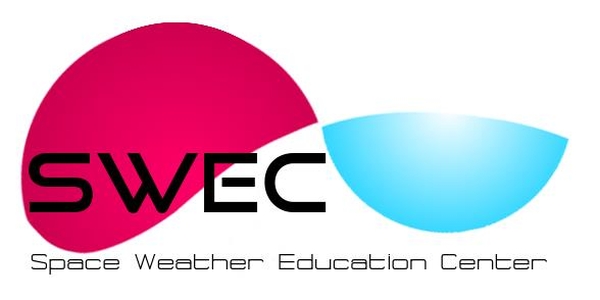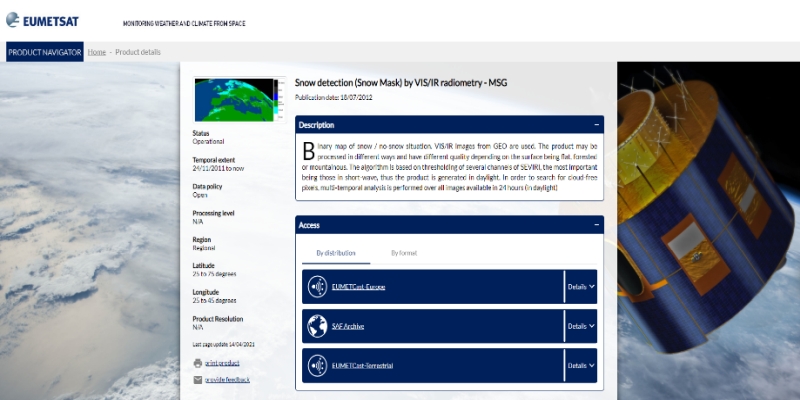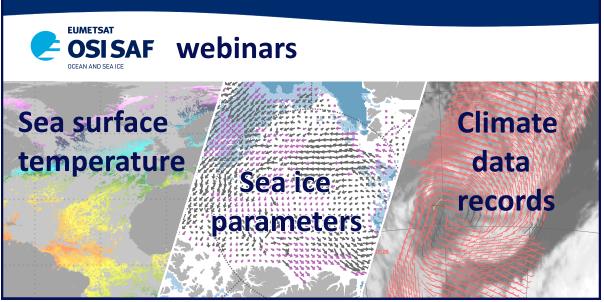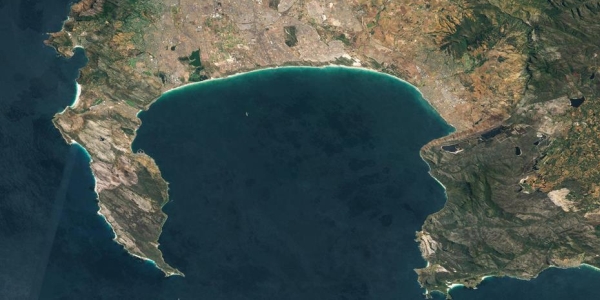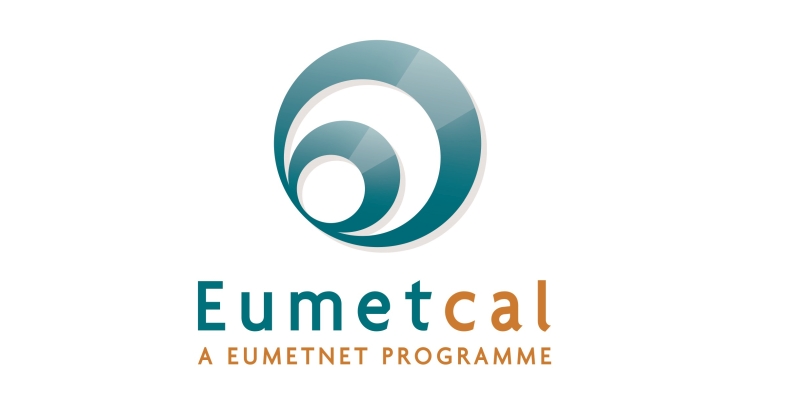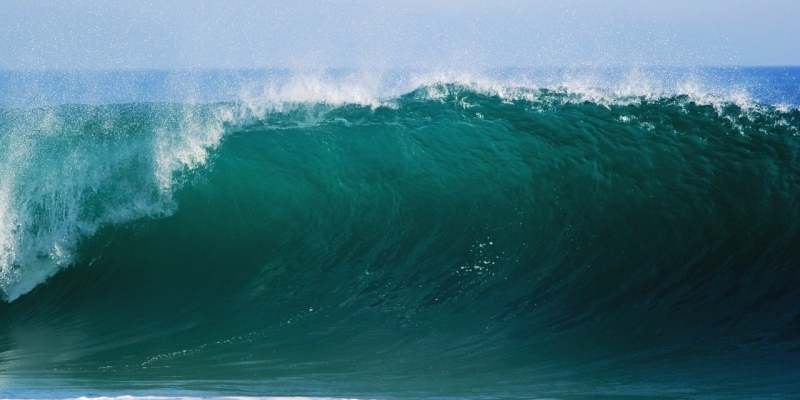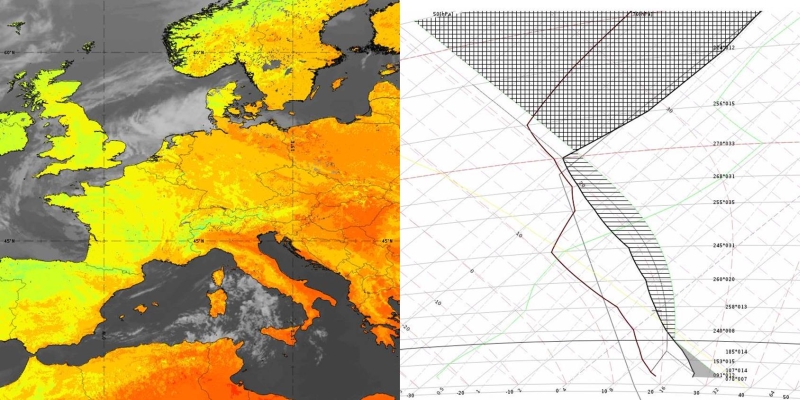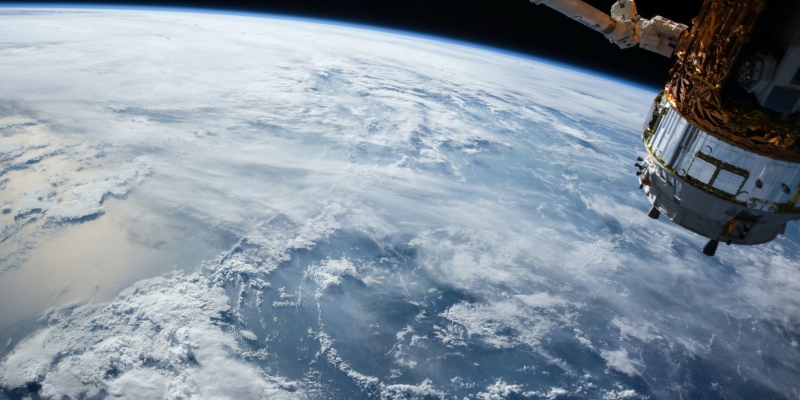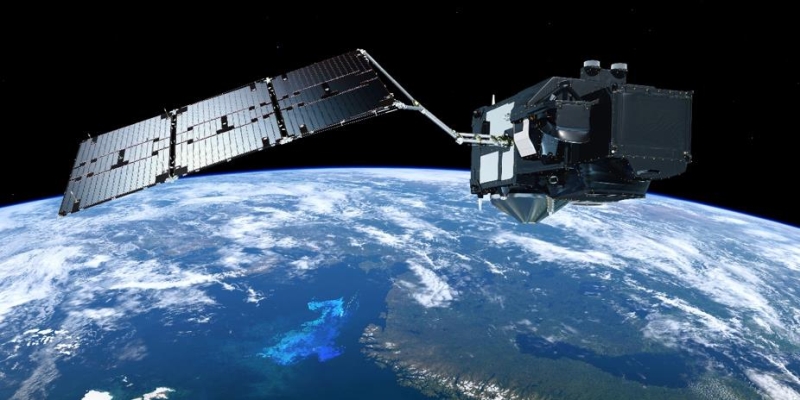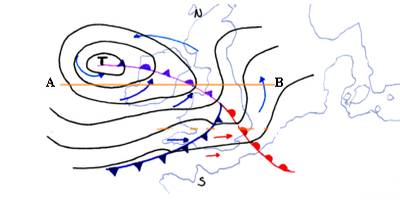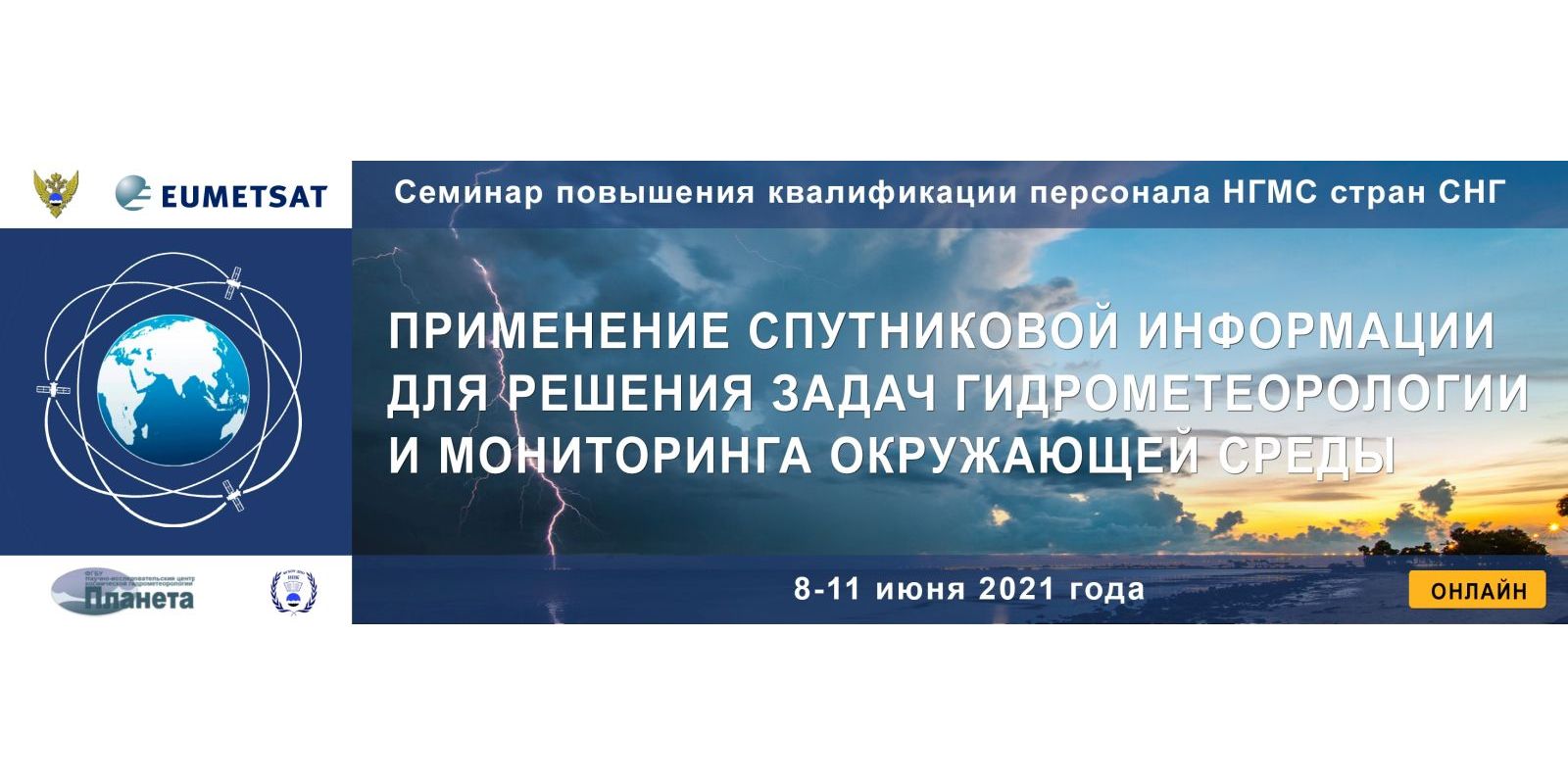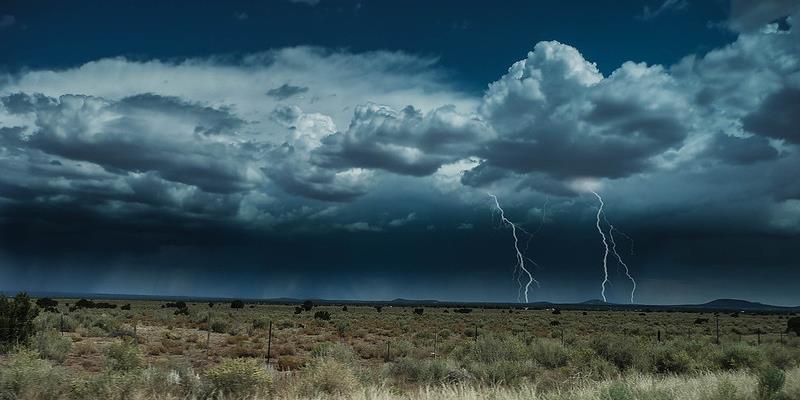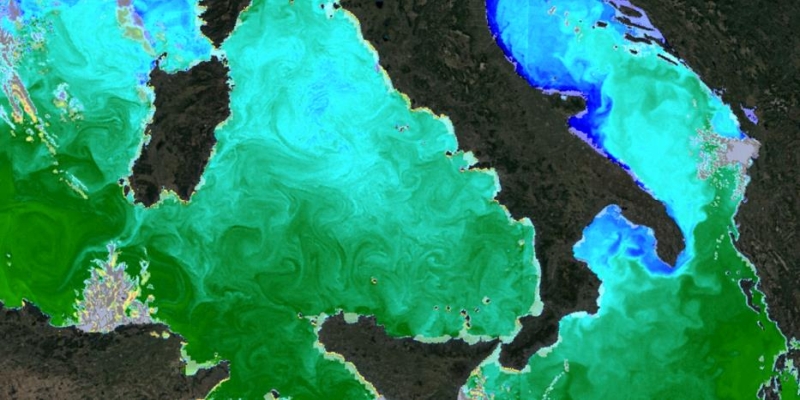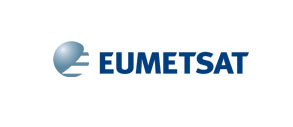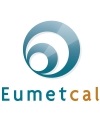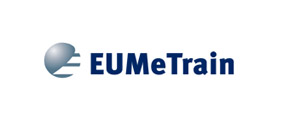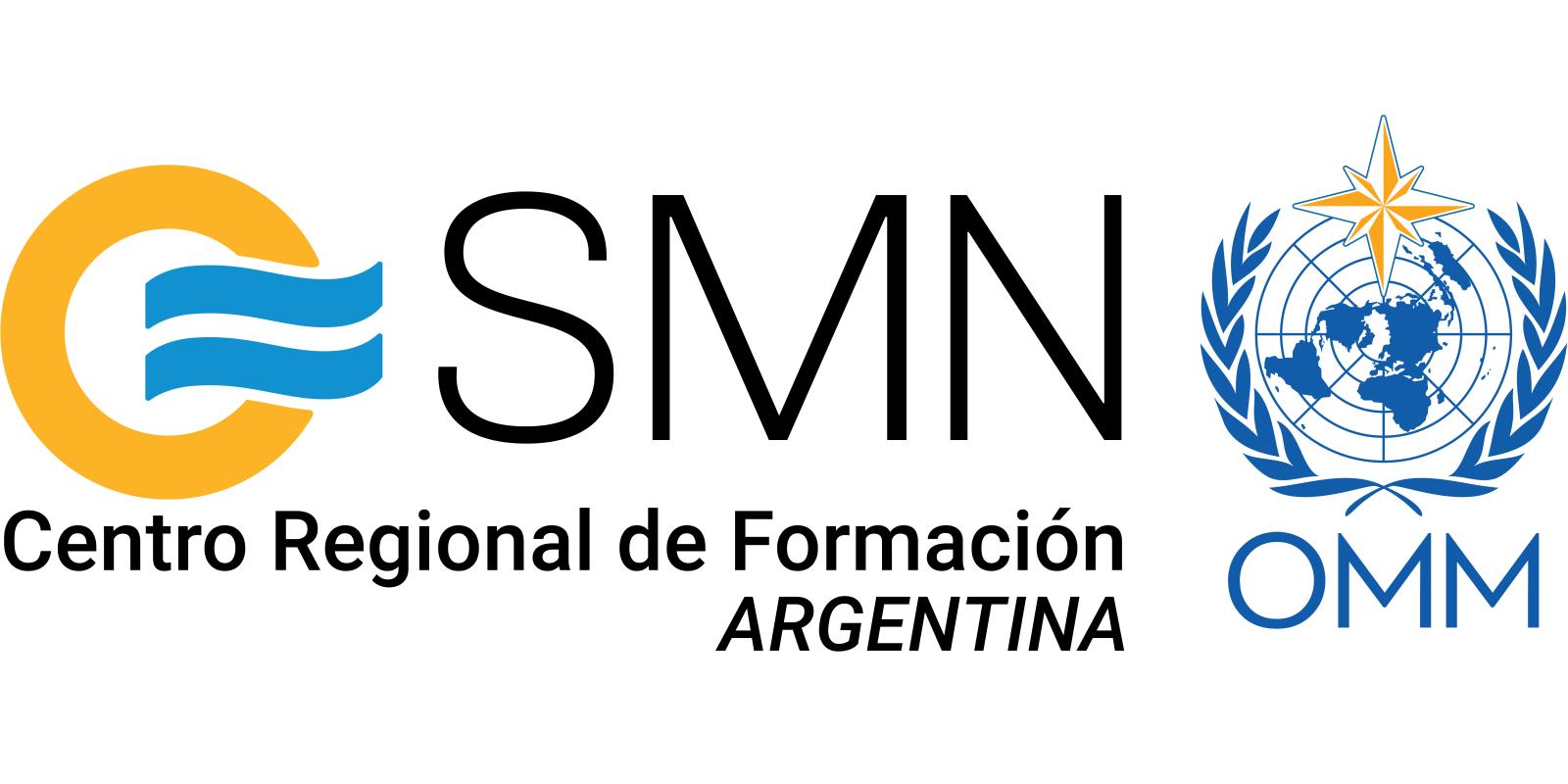
CALMET XIV Conference: Bringing Together the Best of Online to Learning
27 September to 01 October 2021The CALMet XIV Conference will be hosted by Servicio Meteorológico Nacional, Argentina, on 27 September-1 October 2021. This conference will be an event that brings together educators, trainers and managers from universities, research institutions, and National Meteorological and Hydrological Services. It provides an opportunity for a community from around the world to collaborate and network on workforce development, in support of the global weather, water and climate industry.
This year, the CALMet theme will be Bringing Together the Best of Online to Learning. The conference proposes a 'flipped-learning' conference approach - rather than simply a series of presentations, the event will be highly interactive. As it will be entirely online, the conference days will consist of a few live plenary and group sessions for various time zones, as well as interactive opportunities outside the live sessions. The conference will encourage practitioners in the education and training sector to discuss, debate and share views and techniques on the challenges/opportunities arising from the following sub-themes: Education and Training Challenges and Opportunities, Online Teaching and Learning, and Collaboration.
